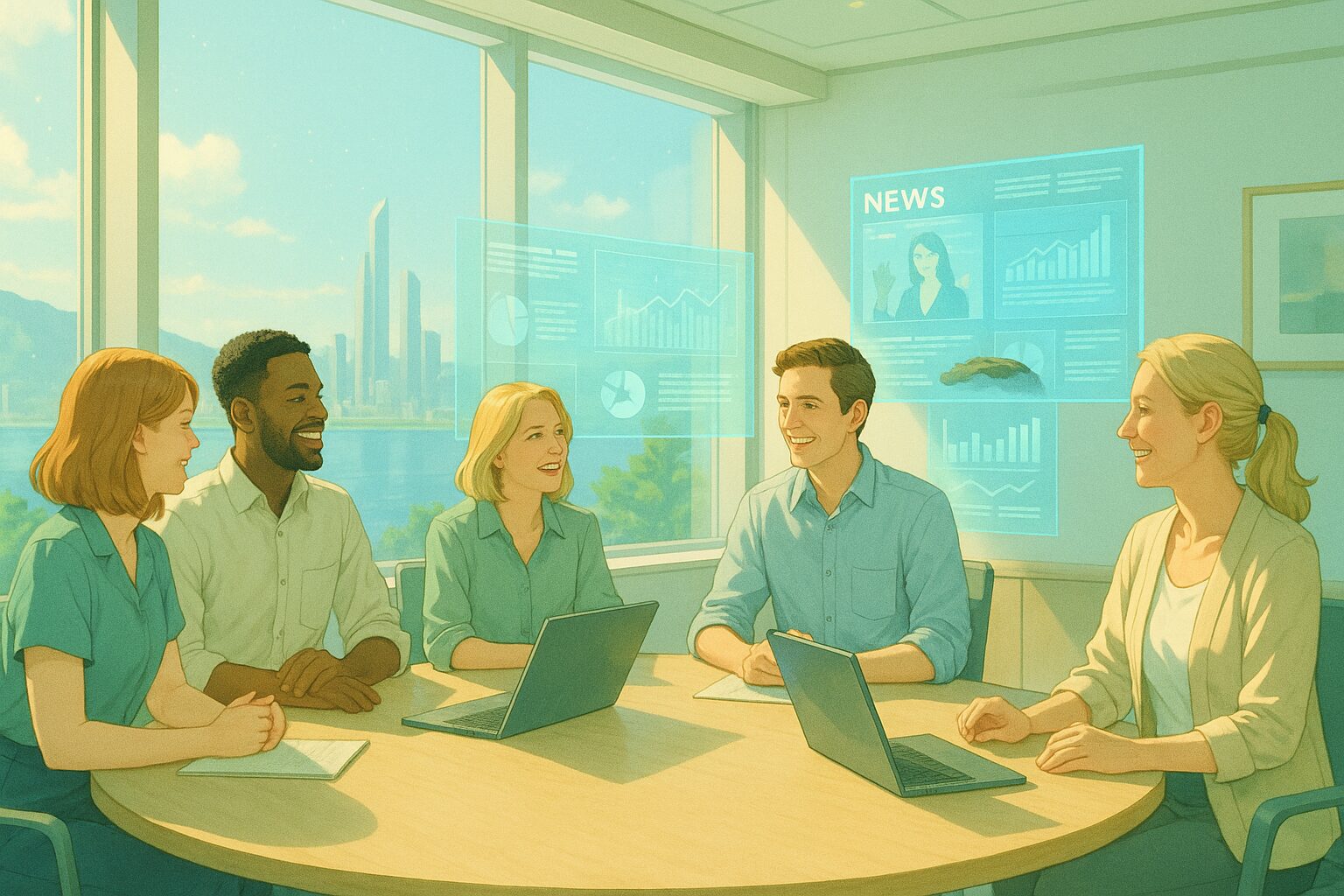What Does the Future of Learning Across Borders Look Like?
The news from Delhi prompts us to think about the future of education worldwide. Once again, Deakin University is participating in the India Immersion Week 2025 of the India-Australia Business Community Alliance (IABCA), playing a role as a knowledge partner. How will the bonds built between India and Australia over more than 30 years in education, research, and innovation develop in the future? If this trend continues, what kind of future will we face?
1. Today’s News
Source:
https://www.latestly.com/agency-news/business-news-deakin-university-advances-australia-india-partnership-at-iabca-india-immersion-week-2025-7112562.html
Summary:
- Deakin University is participating in IABCA India Immersion Week 2025, serving as a knowledge partner.
- The cooperation between India and Australia is being strengthened in the fields of education, research, and innovation.
- The educational partnership between the two countries has continued for over 30 years.
2. Considering the Background
The background of this news involves globalization and the evolution of technology. Cross-border cooperation in education and research is no longer special; it has become an essential element for future development. We are entering an era where online learning and international perspectives are required in our daily lives. Let’s examine why this movement is important now and how it impacts our lives as we look at hypotheses for the future.
3. What Will the Future Hold?
Hypothesis 1 (Neutral): A Future Where International Cooperation is Commonplace
Cross-border cooperation in education and research will become the standard, allowing students and researchers to utilize resources from around the world. This trend will foster a workforce with an international perspective and shift the values within companies and society to respect diversity.
Hypothesis 2 (Optimistic): A Future of Significant Advancement in Education and Innovation
By collaborating, countries like India and Australia will create new educational models and innovations that will ripple out to other countries. This will improve the quality of education and increase the number of individuals contributing to solving global issues.
Hypothesis 3 (Pessimistic): A Future Where Local Culture and Diversity are Lost
While international cooperation progresses, there is a risk that local cultures and education systems may be homogenized. This could lead to a loss of cultural diversity and a potential erosion of identity in some regions.
4. Tips for Us
Thinking Suggestions
- Broaden your values by adopting an international perspective.
- Be conscious of diversity in your everyday choices.
Small Practical Tips
- Actively participate in online courses and international events.
- Create opportunities to interact with friends and experts from different cultures to understand each other’s perspectives.
5. What Would You Do?
- Consider what role you might play in international cooperation.
- Plan what kind of learning to incorporate using technology.
- Think about how to cultivate a global perspective while preserving local culture.
What kind of future did you envision? Please share your thoughts through social media quotes or comments.









